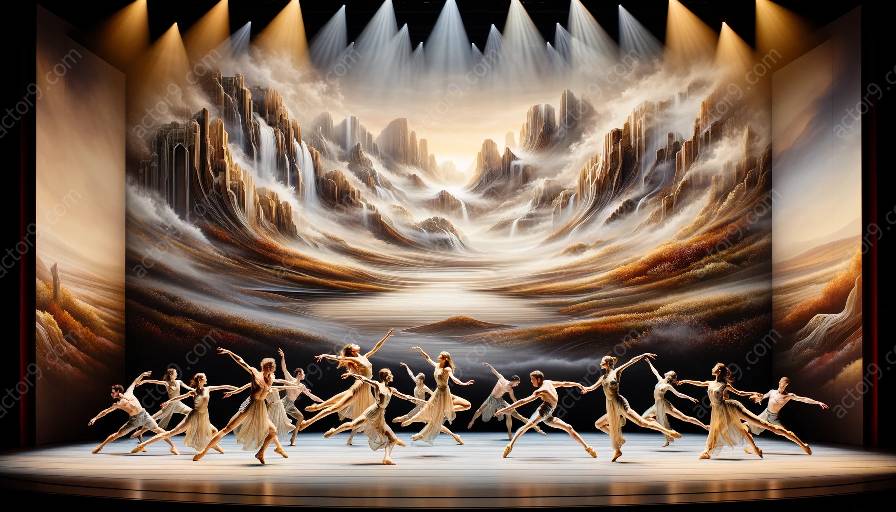Physical theatre choreography has a profound impact on culture and society, influencing the ways in which individuals and communities perceive and engage with the performing arts. This form of artistic expression combines elements of movement, storytelling, and visual spectacle to convey narratives and emotions without relying heavily on text or dialogue. The immersive and visually captivating nature of physical theatre challenges traditional norms and broadens cultural understanding, leading to significant social implications.
How Physical Theatre Influences Culture:
Physical theatre choreography is a powerful medium for cultural expression and exploration. By incorporating diverse movement styles, body languages, and symbolism, physical theatre challenges cultural norms and facilitates cross-cultural understanding. It promotes inclusivity by embracing various cultural traditions and perspectives, fostering a sense of unity and shared humanity among performers and audiences alike. Moreover, physical theatre transcends language barriers, making it accessible to individuals from diverse cultural backgrounds. As a result, physical theatre choreography plays a pivotal role in shaping cultural identities and promoting intercultural dialogue.
The Social Relevance of Physical Theatre:
In addition to its cultural impact, physical theatre choreography also addresses pressing social issues, serving as a platform for advocacy and activism. Through evocative movement, physical theatre sheds light on societal injustices, inequalities, and human experiences, sparking meaningful conversations about important social concerns. The physicality and expressiveness of this art form allow performers to embody the struggles and triumphs of marginalized communities, invoking empathy and understanding among audiences. By challenging societal norms and presenting alternative perspectives, physical theatre promotes social change and redefines societal expectations, ultimately contributing to a more inclusive and empathetic society.
Breaking Barriers and Fostering Creativity:
One of the most profound impacts of physical theatre choreography lies in its ability to break down traditional barriers and ignite creativity. By defying conventional storytelling methods, physical theatre encourages artists to think outside the box and experiment with unconventional narratives. This innovative approach to storytelling fosters a vibrant artistic community that values risk-taking and originality. Moreover, physical theatre empowers individuals to express themselves authentically, regardless of societal constraints, thus nurturing a culture of self-expression and creative freedom.
Conclusion:
Physical theatre choreography transcends artistic boundaries to impact culture and society in profound ways. Its ability to promote cultural inclusivity, advocate for social change, and inspire creativity makes it an indispensable force in the performing arts landscape. By pushing artistic and social boundaries, physical theatre continues to enrich the cultural tapestry and prompt meaningful discourse about the human experience.




































